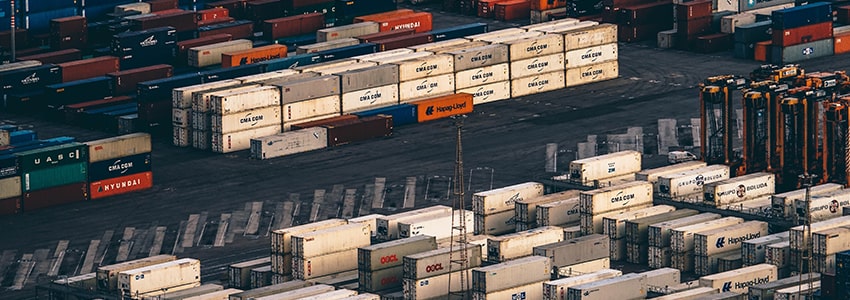
Hope on the Homefront for Port of Portland
The marine facilities at our hometown of Portland, OR offer advantages over other Pacific NW ports because of access and proximity to major markets as well as having the only rivergrade interstate highway and rail routes to the interior. Further, the port is served by efficient and modern rail lines.
Terminal 6
Despite the benefits of its location, the Port of Portland is no stranger to the industry-wide challenges facing transporters, manufacturers and supply chain professionals. The port has undergone tremendous change and controversy in the last few years. Unlike others, Terminal 6 is publicly owned by the state and is competing directly with commercially-run entities.
The port has resolved some of the most disruptive problems, particularly the temporary shut down at T6, but many are questioning the direction. After an evaluation by a consultant, the Port of Portland was encouraged to diversify at T6. The multi-use plan recommendation would include a variety of pass-through options such as multi-modal, breakbulk, cars, etc.
Full steam ahead
Introducing rail service back at T6 this past January through a partnership with BNSF Railway was a positive move for the port. Shippers can now move goods through Puget Sound to their final destination overseas. But this doesn’t put us in the clear. Currently, T6 is a holding ground for intermodal transportation. As with the driver shortage, the port is experiencing a container shortage.
Shortages, shortages, shortages
The port is reportedly running out of room for Tacoma containers entering the facilities. The effect is increased back-orders for retailers and suppliers. The containers go right back out as the supply is not keeping up with the demand. The Chinese New Year, an important time of celebration across the ocean, creates a shut down for 2-3 weeks. This yearly activity exacerbates the situation, creating a shortage in China and an abundance of containers state-side. Shippers must wait it out until those containers make there way back across seas at the end of the celebration.
With both labor and equipment in short supply, shippers are being forced to forecast out further. With 2-3 day wait times, shippers should plan on ordering more stock to ensure they have the necessary inventory quantities on hand. The lead time getting a container to warehouse is increased as well.
Economic impact on Oregon
Here in Oregon, we’re feeling the effects. Costs are increasing along with demands that aren’t being met. Those changes are impacting our economy as well.
A full one-third of Oregon’s economy is based on goods movement dependent industries, with as many as 93,000 U.S. jobs being supported by the goods that move in and out of Oregon. Experts estimate it’s a $300 billion economic impact of imports and exports that move around and through our state.” (Capital Press, 2018)Here at American Warehouse we’re keeping an eye on costs and maximizing our transportation connections to provide value to our customers. We’re hopeful the positive changes happening at T6 and the innovation throughout the industry will put us all back on track.
Column: Dear Port of Portland: Please diversify. (2018, February 16). Retrieved March 21, 2018, from http://www.capitalpress.com/Opinion/Columns/20180216/column-dear-port-of-portland-please-diversify

